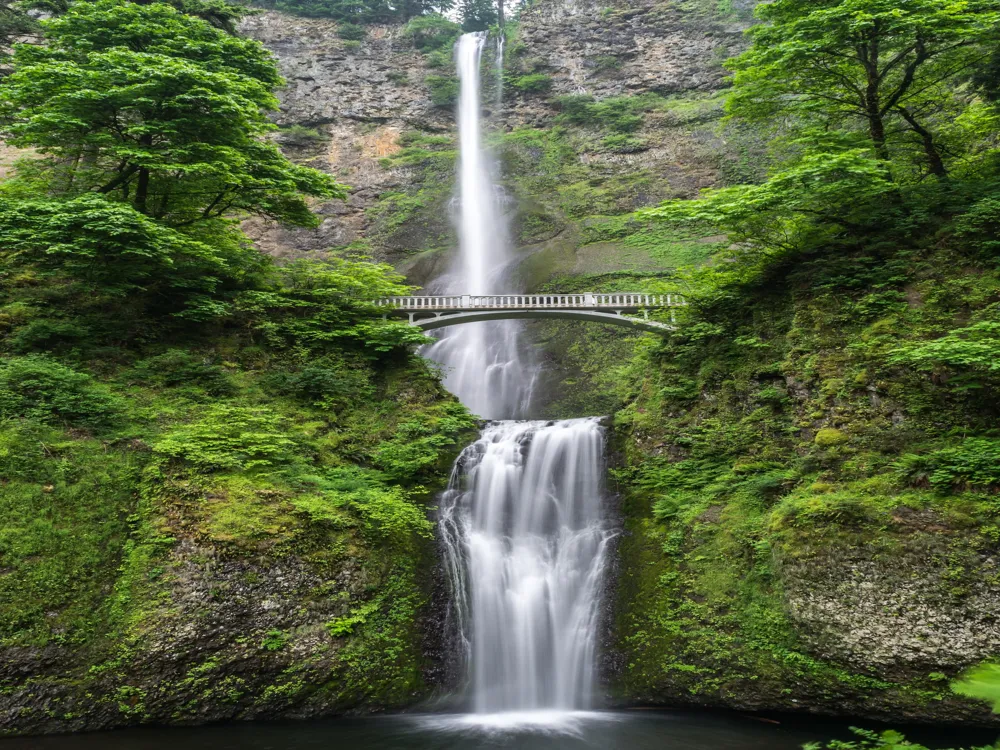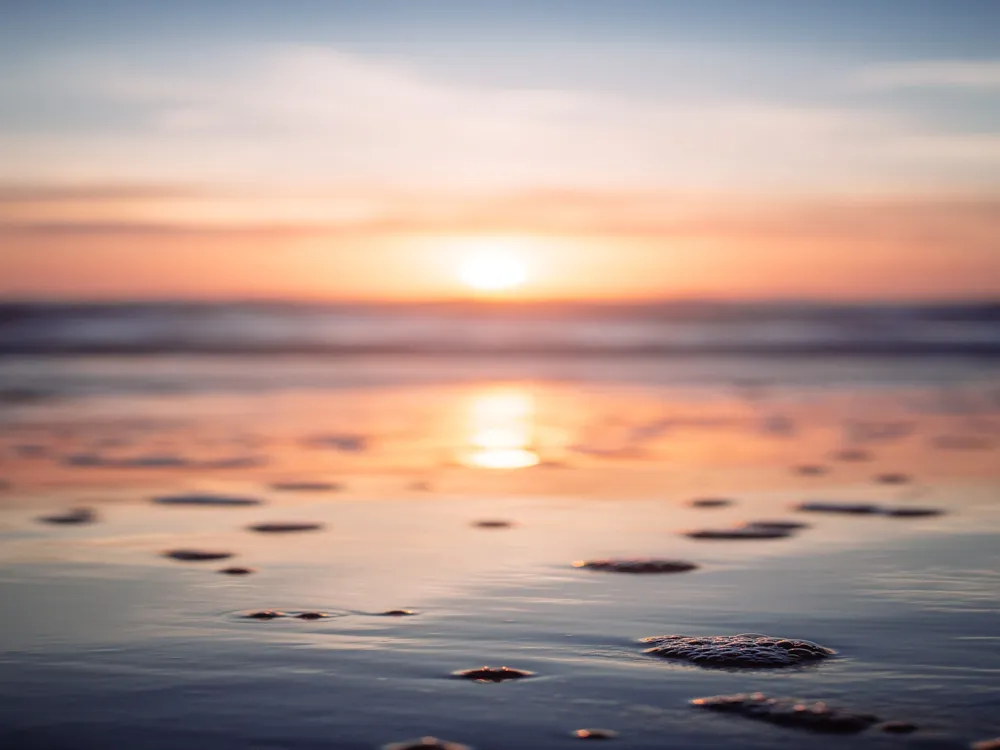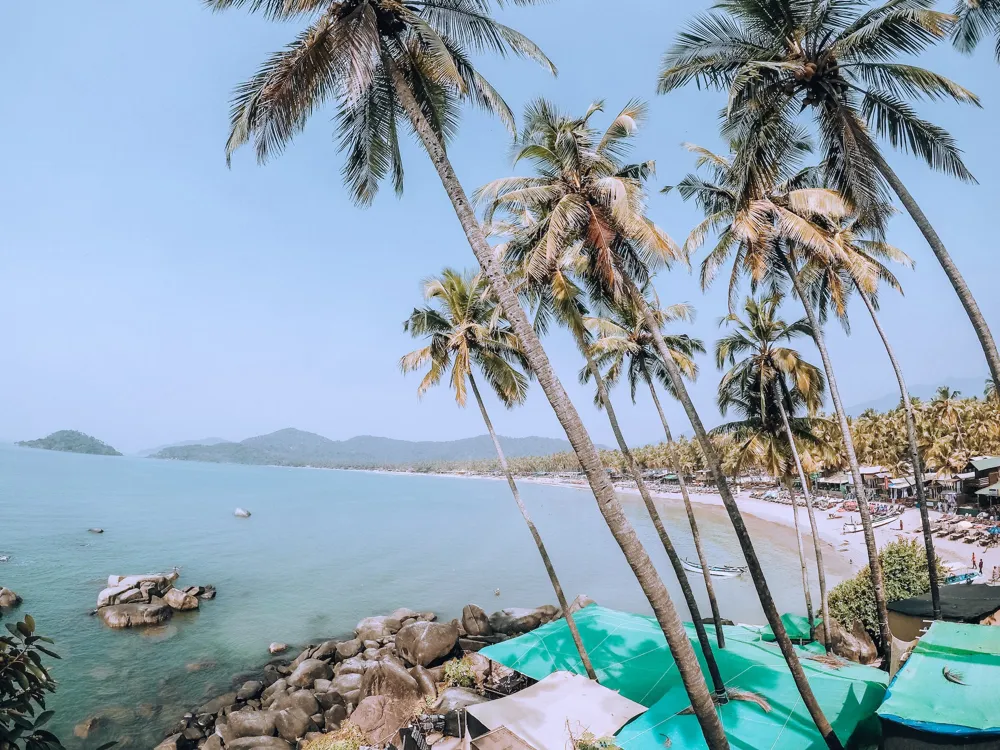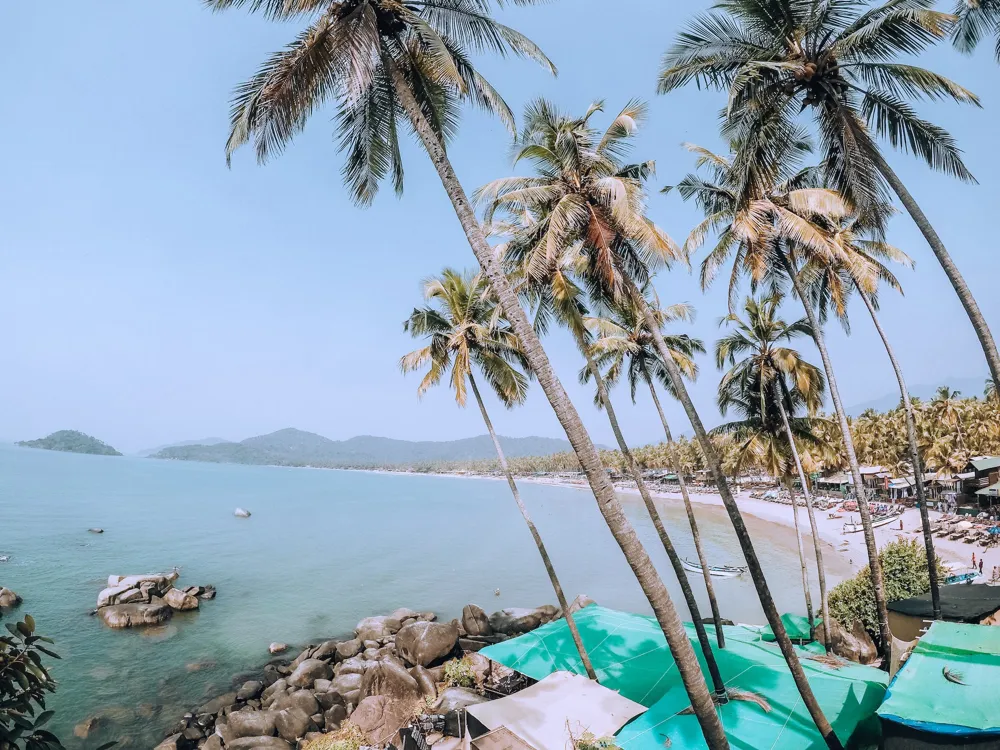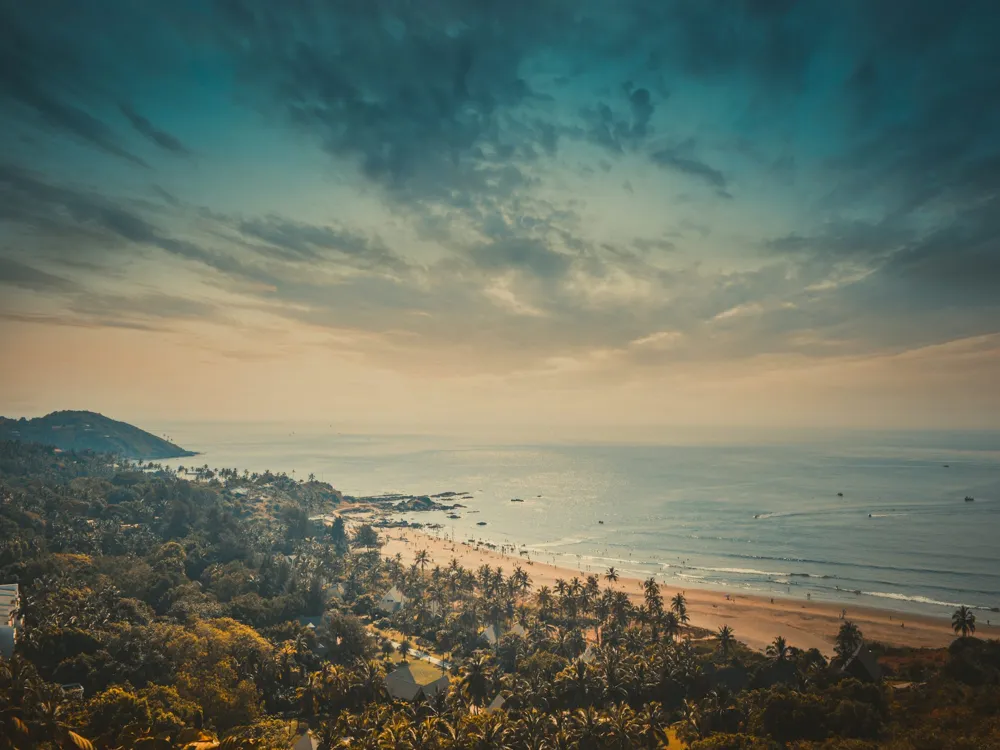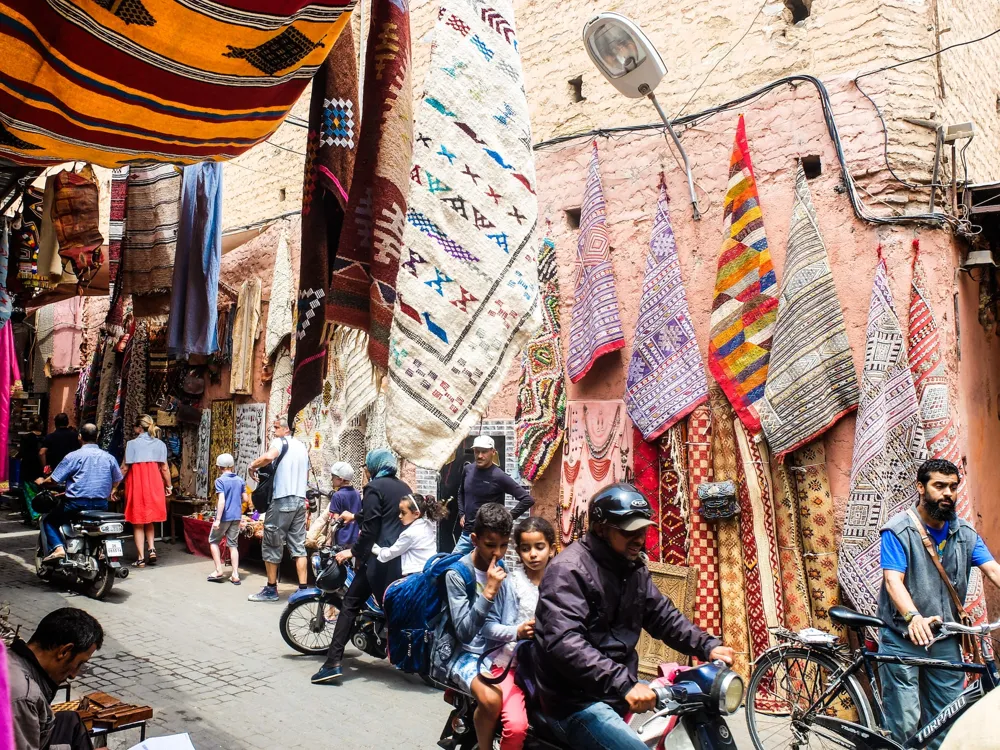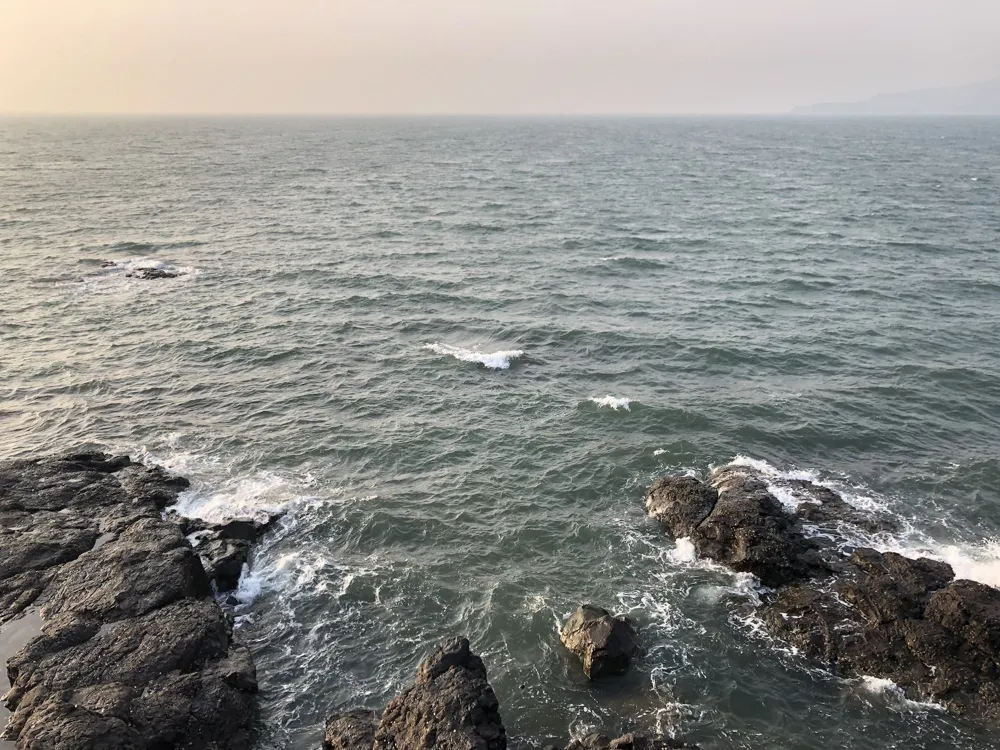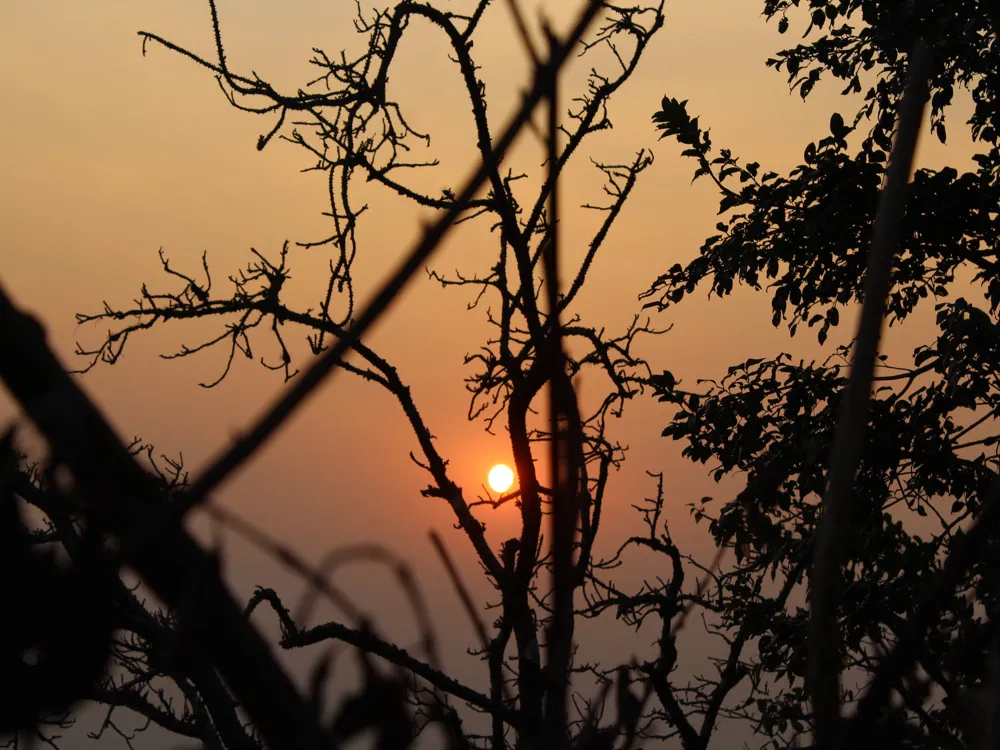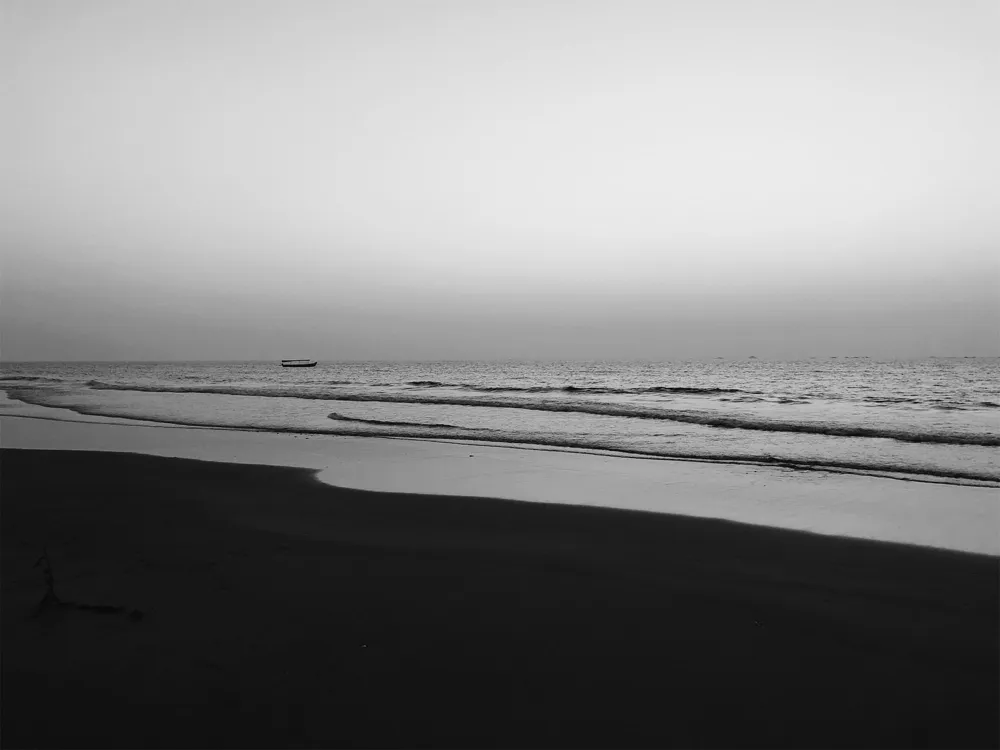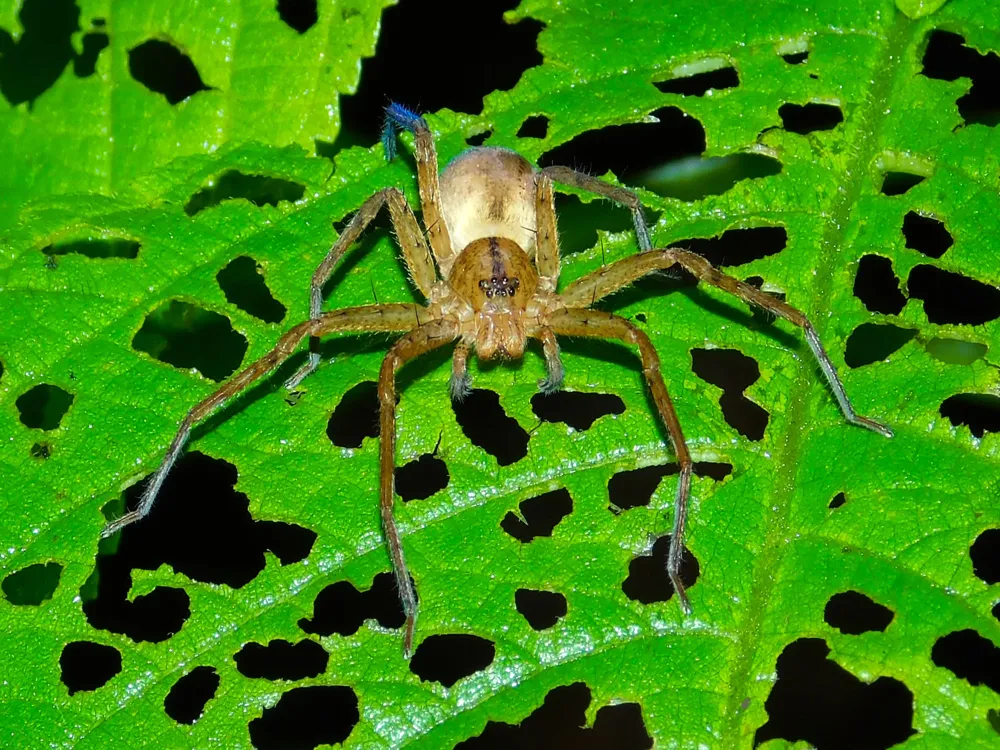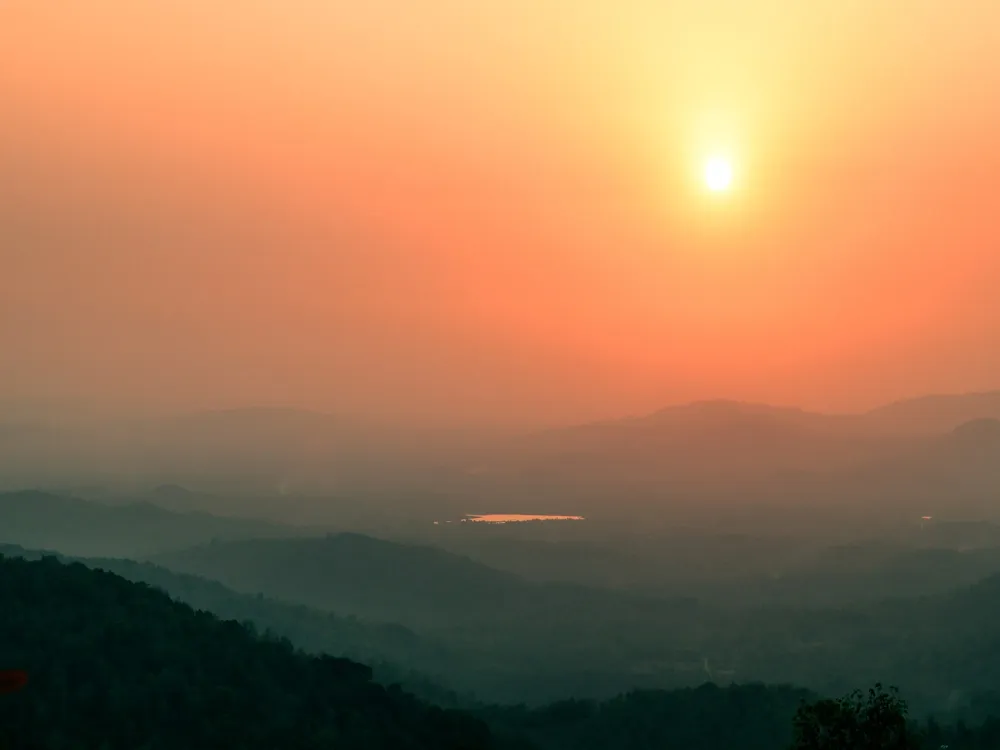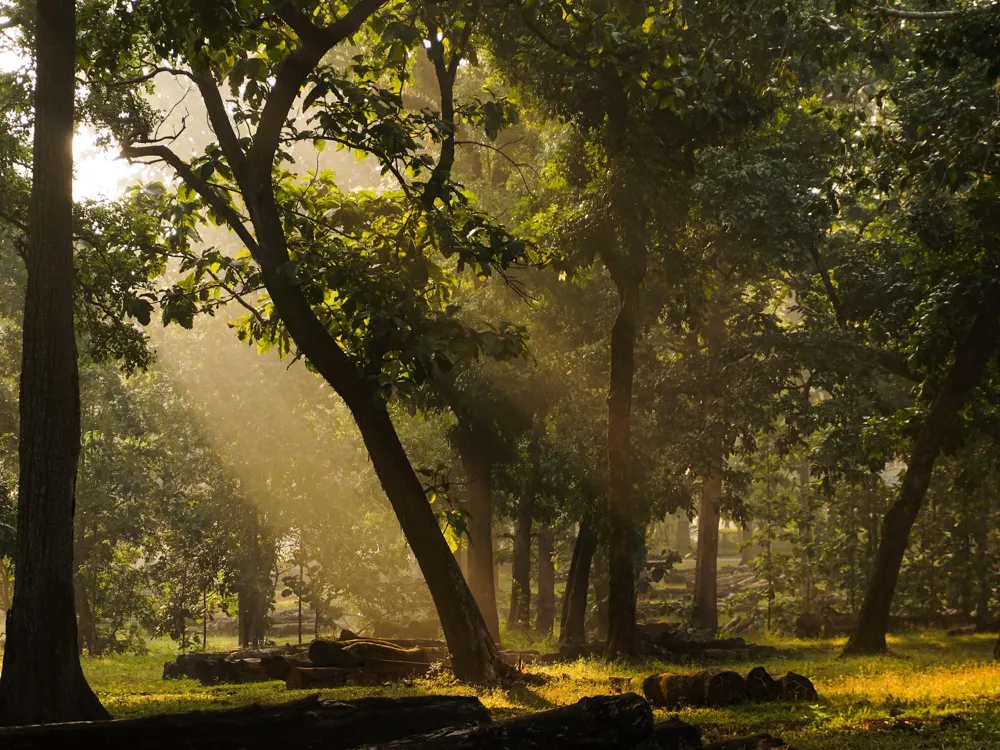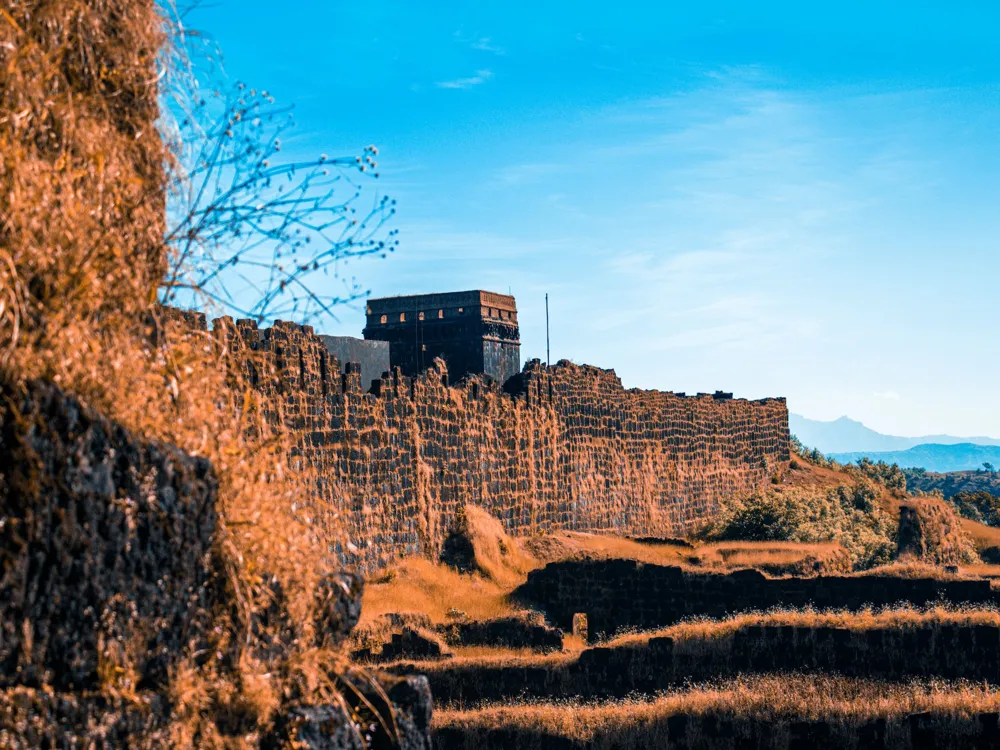Nestled in the lush greenery of South Goa, Netravali Waterfalls, also known as Savari Waterfalls, is a hidden gem that offers a serene escape into nature's lap. This enchanting waterfall is part of the Netravali Wildlife Sanctuary, a biodiversity hotspot that plays a crucial role in the ecological balance of the region. The journey to Netravali Waterfalls is as mesmerizing as the destination itself, with winding paths through dense forests and the melodious sounds of nature accompanying visitors. The waterfall cascades down from a considerable height, creating a spectacular view and a tranquil ambiance. The pool at the bottom of the falls is perfect for a refreshing dip, surrounded by the verdant beauty of the Western Ghats. The area around Netravali Waterfalls is home to a diverse range of flora and fauna, making it a paradise for nature enthusiasts and wildlife photographers. The Netravali Waterfalls not only provide a scenic retreat but also contribute significantly to the local ecology. The waterfall and the surrounding areas are part of the larger Netravali Wildlife Sanctuary, which serves as a critical water catchment area for the region. The lush forests around the waterfall play a vital role in maintaining the climate and supporting the wide variety of species that inhabit this area. While discussing the architecture of Netravali Waterfalls, it's important to understand that it refers to the natural formation and geological aspects of the area rather than man-made structures. The waterfall is a result of years of geological activity, with the water cutting through the rock formations to create the cascading effect that is seen today. The rock formations around Netravali Waterfalls are primarily basalt, which has been shaped and smoothed over centuries by the relentless force of the water. These rocks form natural platforms and pools, creating a multi-tiered waterfall that is a marvel of natural architecture. The surrounding area is characterized by dense forest, with the canopy providing a natural cover that enhances the mystical beauty of the waterfall. The layout of the land around the waterfall contributes to its unique beauty. The steep slopes and undulating terrain create a natural amphitheater-like setting, with the waterfall as the centerpiece. This natural architecture not only adds to the aesthetic appeal of the area but also plays a crucial role in the ecology of the region, supporting a diverse range of plant and animal life. The ideal time to visit Netravali Waterfalls is from October to March, during the post-monsoon and winter months, when the weather is pleasant and the waterfall is in full flow. Always stay on the marked trails and follow local guidelines. Be cautious while swimming in the pool, and avoid visiting during heavy rains due to the risk of sudden water surges. Carry water, snacks, a first-aid kit, and wear comfortable trekking shoes. Don’t forget your camera to capture the scenic beauty of the waterfalls. Netravali Waterfalls is accessible by road from Margao, the nearest major city in South Goa. The journey is approximately 50 kilometers and can be covered by taxi or a rented vehicle. Once at the Netravali Wildlife Sanctuary, visitors need to trek for about 30 minutes through the forest to reach the waterfall. The trek is of moderate difficulty and offers a great opportunity to experience the natural beauty of the region. For those using public transport, buses are available from Margao to Netravali village. From the village, either a local transport can be hired or visitors can embark on a longer trek to reach the waterfalls. It's advisable to check the local bus schedules and availability of transport from Netravali village beforehand. Read More: Overview of Netravali Waterfalls in South Goa
Architecture of Netravali Waterfalls
Tips When Visiting Netravali Waterfalls
Best Time to Visit
Safety Precautions
What to Bring
How To Reach Netravali Waterfalls
Netravali Waterfalls
South Goa
Goa
NaN onwards
View goa Packages
Goa Travel Packages
View All Packages For Goa
Top Hotel Collections for Goa

Private Pool

Luxury Hotels

5-Star Hotels

Pet Friendly
Top Hotels Near Goa
Other Top Ranking Places In Goa
View All Places To Visit In goa
View goa Packages
Goa Travel Packages
View All Packages For Goa
Top Hotel Collections for Goa

Private Pool

Luxury Hotels

5-Star Hotels

Pet Friendly







